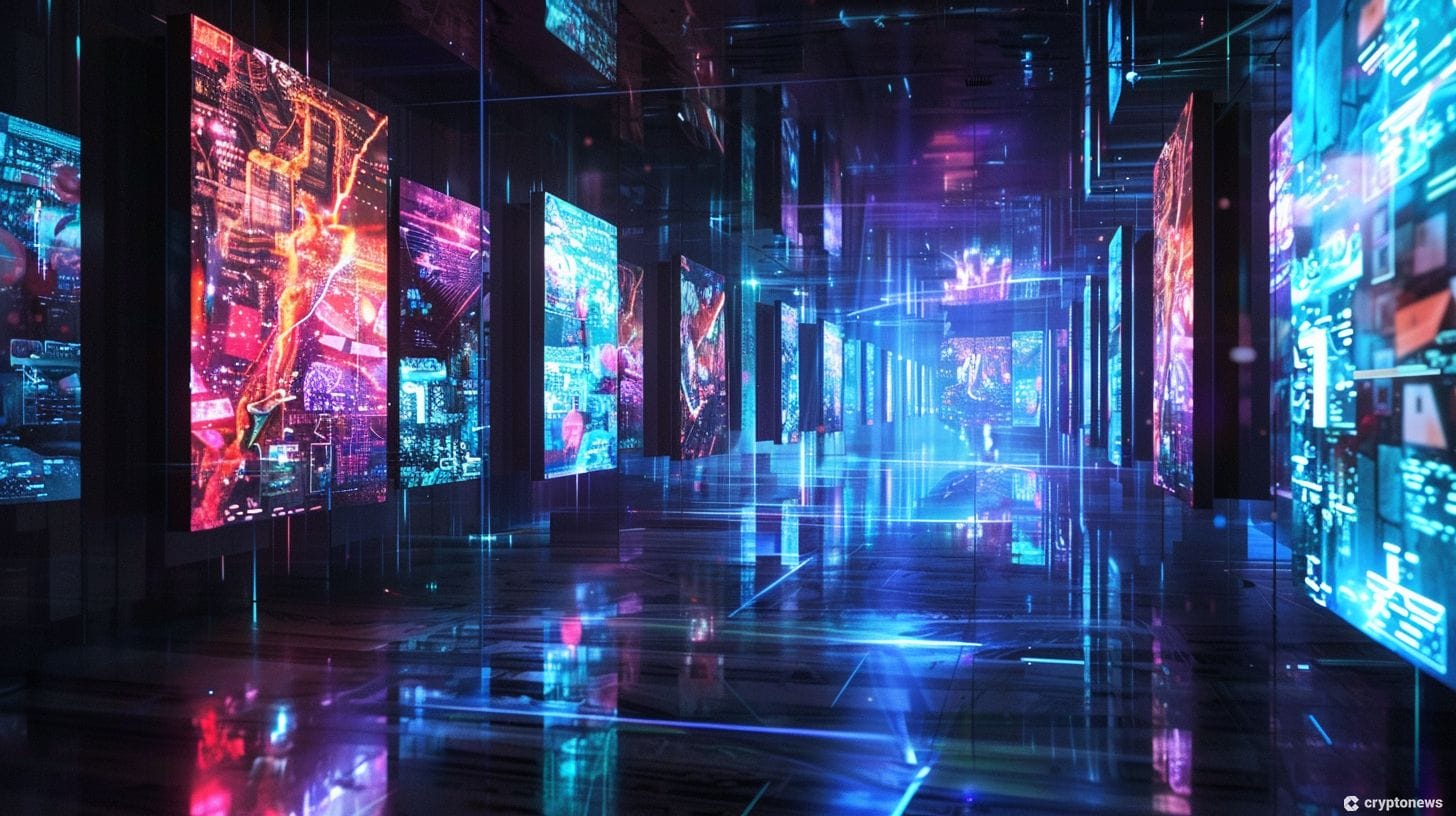Controversial Artist Damien Hirst Accused Of Backdating 1,000 Paintings In NFT Project

English artist Damien Hirst is under increased scrutiny this week following claims he backdated more than 1,000 pieces of art from his NFT project “The Currency,” The Guardian reported Wednesday.
Damian Hirst Under Fire For NFT Project Following Exposé
The controversial artist, perhaps best known for works depicting animals preserved in formaldehyde, allegedly misrepresented the actual dates of an estimated 10% of the 10,000 physical paintings from “The Currency,” all of which corresponded to a matching NFT.
Launched in 2021 and sold for $2000, Hirst claimed that all of the physical paintings part of the NFT project were made by hand in 2016.
Sources that spoke to The Guardian claimed that, in actuality, the dotted paintings were mass-produced by nearly a dozen artists in 2018 and 2019 in the U.K. on a “Henry Ford production line.”
More Damien Hirst artworks created years later than claimed, investigation finds https://t.co/075Ly2JVU3 #nft #nftnews #nfts
— Kyked (@kykednft) May 23, 2024
“It was very, very tedious,” one source told The Guardian. “There were loads of sheets on these tables, and they were quite low so you had to bend down to do the spots. After a while some people were getting repetitive strain injuries.”
Footage featuring multiple paintings recorded from inside Hirst’s studio in 2019 and verified by the media outlet confirms the allegations.
Lawyers for Hirst did not deny the claims, stating that the 2016 marker represents the conceptual date of Hirst’s “The Currency” rather than each painting’s physical production date.
Physical Copies of Damien Hirst’s ‘The Currency’ NFTs Go Up In Smoke
Purchasers of “The Currency” were allowed to keep either the physical painting or its digital twin, but not both. In 2022, Hirst burned the physical versions of those who selected the NFT to effectively transfer each painting’s value digitally.
“A lot of people think I’m burning millions of dollars of art but I’m not,” Hirst told the BBC at the time. “I’m completing the transformation of these physical artworks into NFTs by burning the physical versions.”
Backdating, the process of labeling an art piece with an inaccurate year denoting when it was created, is largely frowned upon in the art world.
This is not the first time Hirst has been accused of falsely dating a piece, with The Guardian running an exposé in March revealing that three of his formaldehyde sculptures from the 1990s were actually created in 2017.
If true, the allegations may damage Hirst’s already-scrutinized reputation, question the legitimacy of his works, and potentially lower the value of his NFT project.








